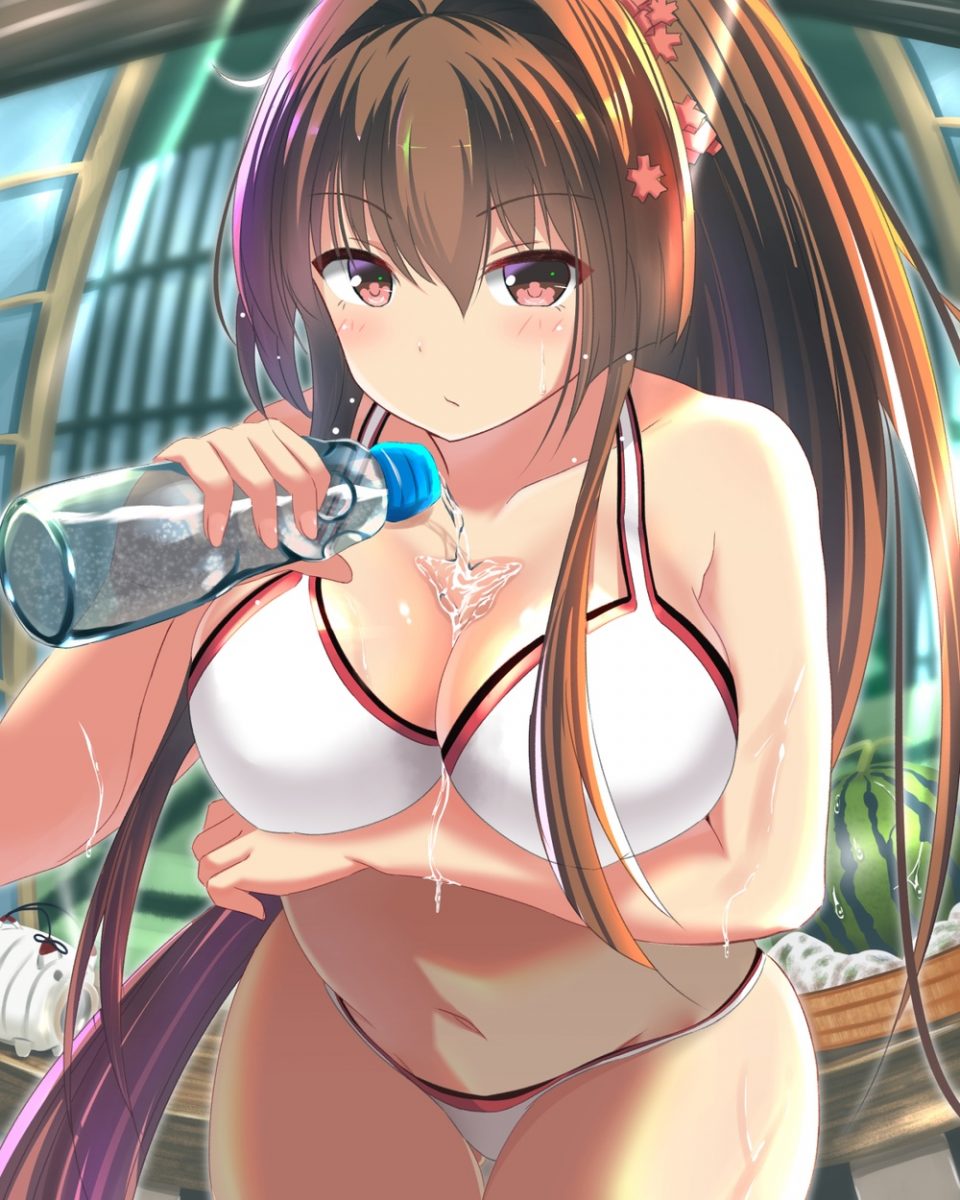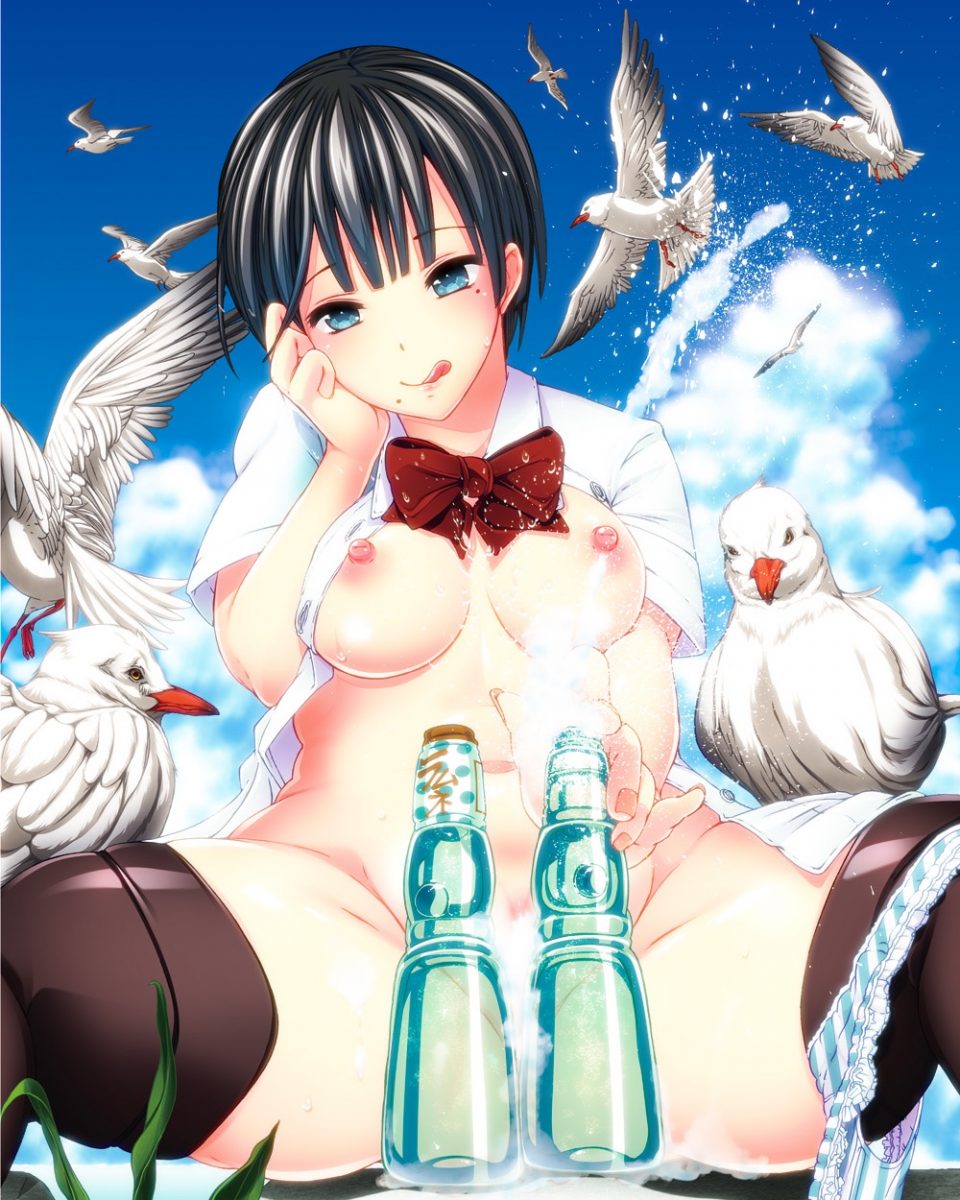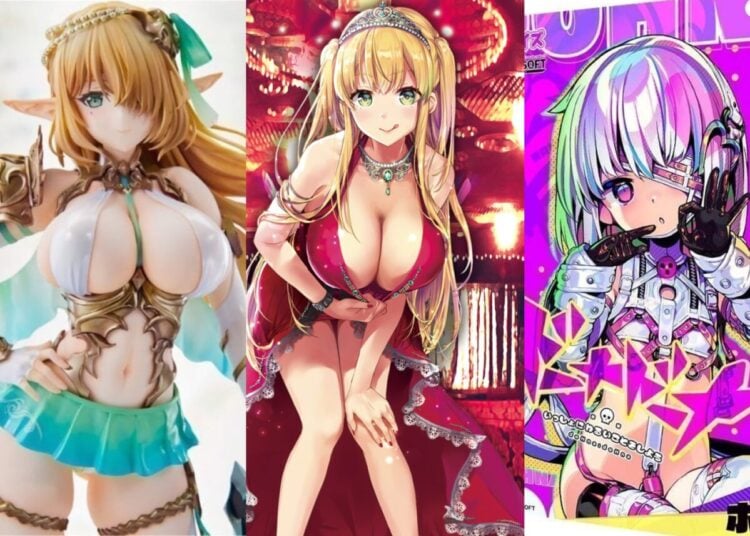Happy International Star Wars Day! Today is famous as a day celebrated by Star Wars fans, because of the May the Fourth be with you pun, though I always revered May 25, the day the original film was released back in 1977. But today is special for another reason: on this day Ramune was first sold in Japan, all the way back in 1872, making the Japanese carbonated drink with a glass ball embedded in the bottle a whopping 138 years old!
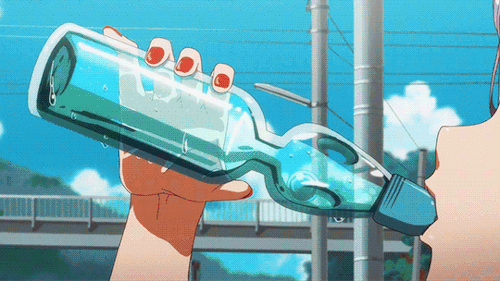
Happy Ramune Day! Let’s Look at the History of Ramune in Japan
It’s fun to think that some “new” thing most people reading this have only seen in anime or possibly purchased at an Asian supermarket or anime convention isn’t new at all, but has a very long history. Ramune was introduced on May 4, 1872 in Kobe, making it older than Dr Pepper (which came out in 1885), Coca Cola (1892) and Pepsi (1898). Ramune used the high-tech-at-the-time Codd-neck bottle, which used a glass marble to seal the contents through the pressure of the carbonation.
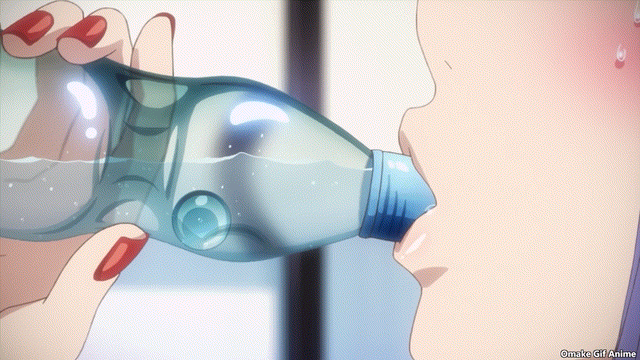
Ramune is a Corruption of the Word “Lemonade”
The Japanese use a lot of foreign words in their daily life, and this is quite a boon when learning the language because it gives you a toehold when communicating with people, as they already know a lot of English words. There’s a small subset of words that started out as English but have drifted so far that they’re not really intelligible, though, which is a sign that they were imported into the language a long time ago. Here are some examples:
- The word “all right” came over as オーライ ourai, and is only used in the context of bakku ourai! when someone is backing up their car.
- If you strike out at baseball, a Japanese person might tell you ドンマイ donmai! which is “don’t mind” or don’t worry about it. Incidentally the word “mind” (as in “do you mind if I open this window?”) is the bane of Japanese ESL learners because “no” means “yes.”
- The word ko-hi (coffee) has been around for so long it was assigned a kanji (珈琲). Using katakana for foreign loan words is largely a post-1945 thing.
- Some “English” words like アンケート (ankeeto, meaning questionnaire) or アルバイト (arubaito, meaning a part-time job) actually come from French and German, though Japanese naturally assume they’re English and try to use them in conversations.
- Ramune is another example of an English word from a by-gone era. It started out as “lemonade” back in the Meiji period.
The original of Ramune, according to the Dagashi Kashi anime. pic.twitter.com/dyJ9Ijcftu
— Peter Payne (@JListPeter) May 4, 2022
Ramune Was Introduced by Admiral Perry to Get Japan to Open to Trade
Yep. Anime never lies.
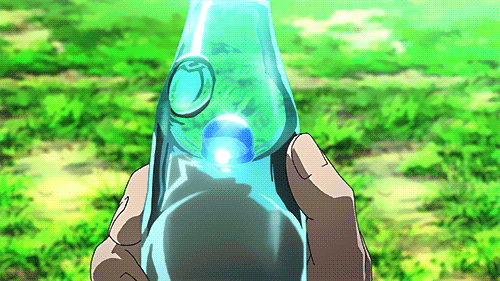
It’s Tied to Showa-era Nostalgia
Japan organizes its history into Imperial eras which represent the reign of each emperor. The current year is 令和4年 Reiwa 4, the fourth year of the reign of Naruhito, and the past eras were Heisei (平成 “Peace and Maturity”, 1989-2019), Showa (1925-1989), Taisho (1912-1925) and Meiji (1868-1912). In Japanese the Emperor is referred to using this imperial name (aka Reiwa Tennou), and Japanese will often not even know the Emperor’s actual name, since they never use it. These era names go all the way back to 140 BCE, and are based on a similar system used in China.
Since everyday dates are commonly expressed in the Imperial era system, you pretty much need to memorize all your important dates using this system. I was born in Showa 43, and came to Japan in Heisei 3. My kids were born in Heisei 7 and 8, and I founded J-List in Heisei 9, which is 1996. Most people living today were either born in the Showa era or raised by someone born in that era, so Showa becomes the “default” source for nostalgia in Japan.
I’m fascinated at how every Japanese person I’ve met remembers when they were young, and their family was so poor that they only had marbles from Ramune bottles to play with, regardless of their actual situation growing up. It’s like a shared cultural memory that every Japanese is born with.
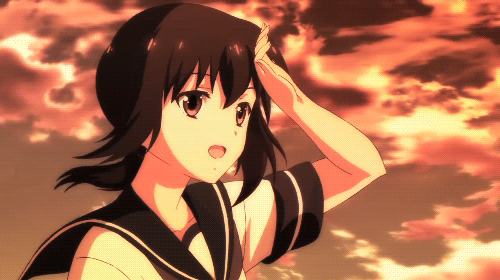
Ramune Was Popular with Japanese Sailors During WWII
When I married my Japanese wife, I acquired an uncle who had fought in WWII on the Battleship Ise. While everyone in the family hated hearing his old war stories, I loved them, and would go over to his house so he could tell me what it was like back in the old days. For example, salutes in the IJN were made very close to the body because you didn’t have much space inside one of those ships, and whenever someone salutes with their arm sticking way out to the side on television, they’re doing it wrong.
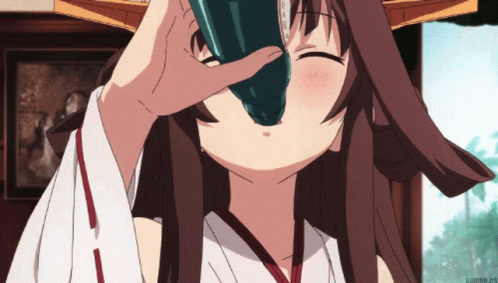
He also told me about drinking Ramune while on the ship, which was a beloved treat for the sailors. They manufactured it right on the ships, washing and reusing the bottles. This explains why Ramune is featured prominently in every WWII-themed anime.
The Japanese Love to Draw Fanart
Whenever I want to measure the amount of fandom a certain thing has, I go out to Pixiv and see what the fanservice situation is like. If there are very few images (like that awful Shinka no Mi anime), I know the fandom is nonexistent, but if there’s a huge number of images out there, the number of fans is high. There are thousands upon thousands of images celebrating Ramune, showing us how many people love it. (Images sources 1 2 3)
Thanks for reading this blog post on the long history of Ramune. Got any other topics you’d like us to write about here? Post them below, or reply to us on Twitter!
We have great news! All the popular new anime magazines for the month are in stock, and are overflowing with beautiful visuals for you! We have the new Megami with 18 gorgeous posters inside, Dengeki Moeoh which has tons of sexy illustrations plus a bonus artbook, and more! Browse all the new anime and ecchi magazines here!


